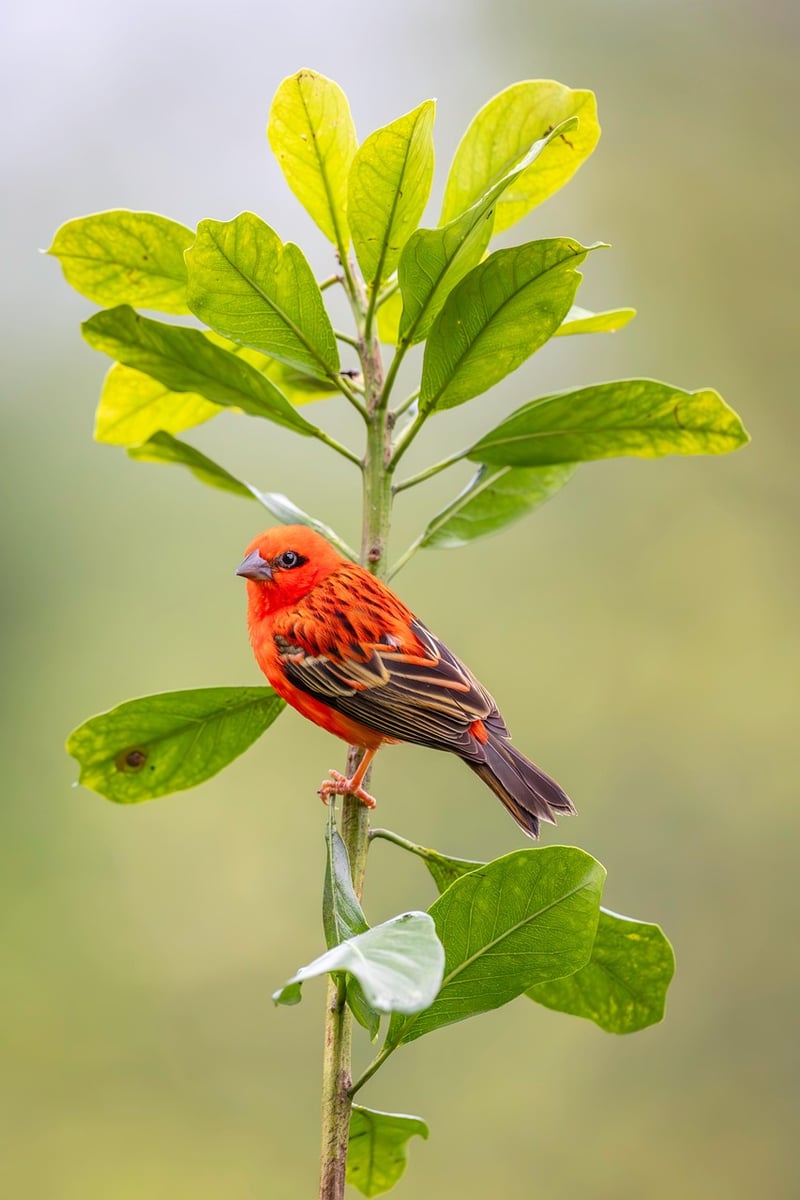Preventive Measures
Managing Pests in Vertical Gardens + Preventive Measures

Introduction
Vertical gardens are a fantastic way to bring greenery into urban spaces, but they can also attract pests that can damage your plants. In this guide, we will explore effective ways to manage pests in vertical gardens and discuss preventive measures to keep your green oasis thriving.
Identifying Common Pests
Before you can effectively manage pests, it's essential to identify the common culprits that may infest your vertical garden. Some of the most common pests include aphids, spider mites, whiteflies, and caterpillars.
Managing Pests
- Natural Predators: Introduce beneficial insects like ladybugs or lacewings to prey on pest populations.
- Neem Oil: Use neem oil as a natural insecticide to deter and kill common garden pests.
- Homemade Remedies: Create DIY sprays using ingredients like garlic, onion, or chili pepper to repel pests.
- Regular Inspections: Monitor your vertical garden regularly for signs of pest infestations and take action promptly.
Preventive Measures
- Companion Planting: Grow pest-repelling plants like marigolds or lavender alongside your main crops.
- Maintain Cleanliness: Remove debris and dead plant matter regularly to eliminate hiding spots for pests.
- Proper Watering: Avoid overwatering, as it can attract pests like fungus gnats.
- Optimal Plant Spacing: Ensure proper spacing between plants to improve air circulation and reduce pest infestations.
Conclusion
By implementing these pest management strategies and preventive measures, you can maintain a healthy and thriving vertical garden. Remember to stay vigilant, address pest issues promptly, and create a balanced ecosystem to keep your plants pest-free.
References: University of Minnesota Extension
